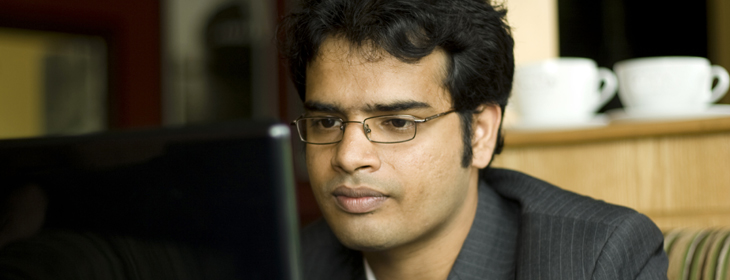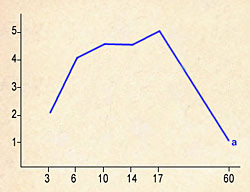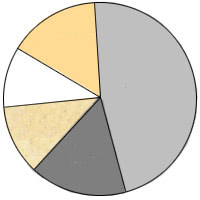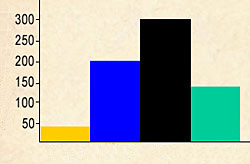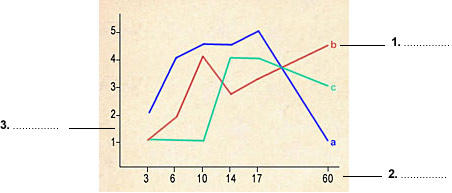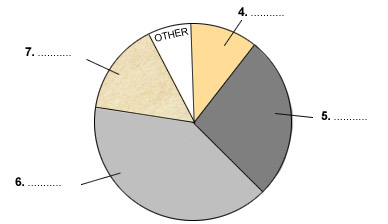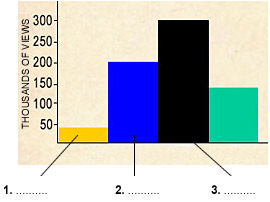TIP:
In this type of question the words you need for the answers are on the recording. You need to write exactly what you hear. Other phrases you hear may not be exactly the same as the summary or notes that appear on the page. To answer this question successfully, you should do the following before you listen:
| 1. | Read the question to see the maximum number of words you can write. |
| 2. | Read the summary so that you know what it is about. |
| 3. | Predict what the missing words could be. |
| 4. | Remember that you will have to spell the missing words correctly. |
